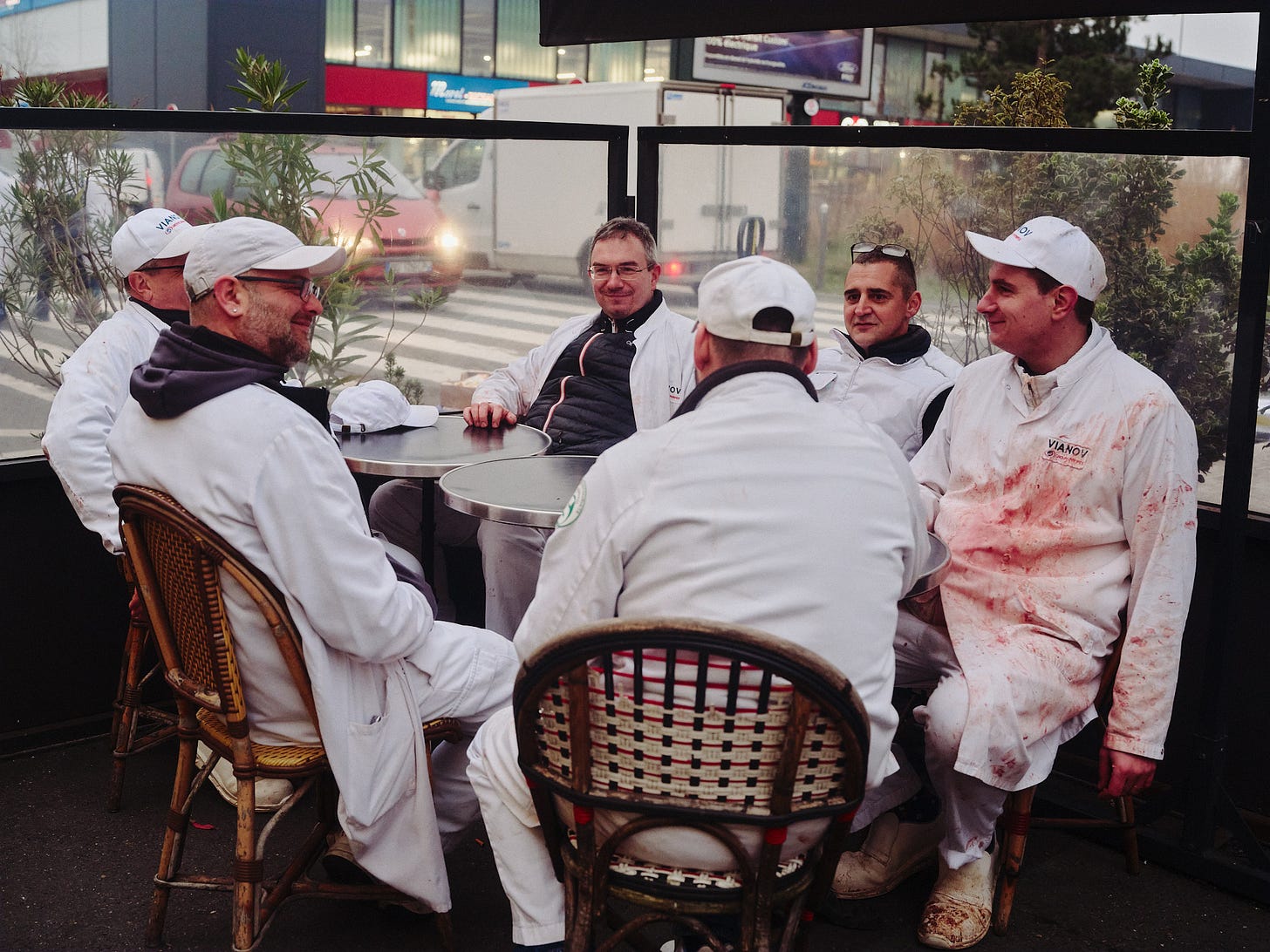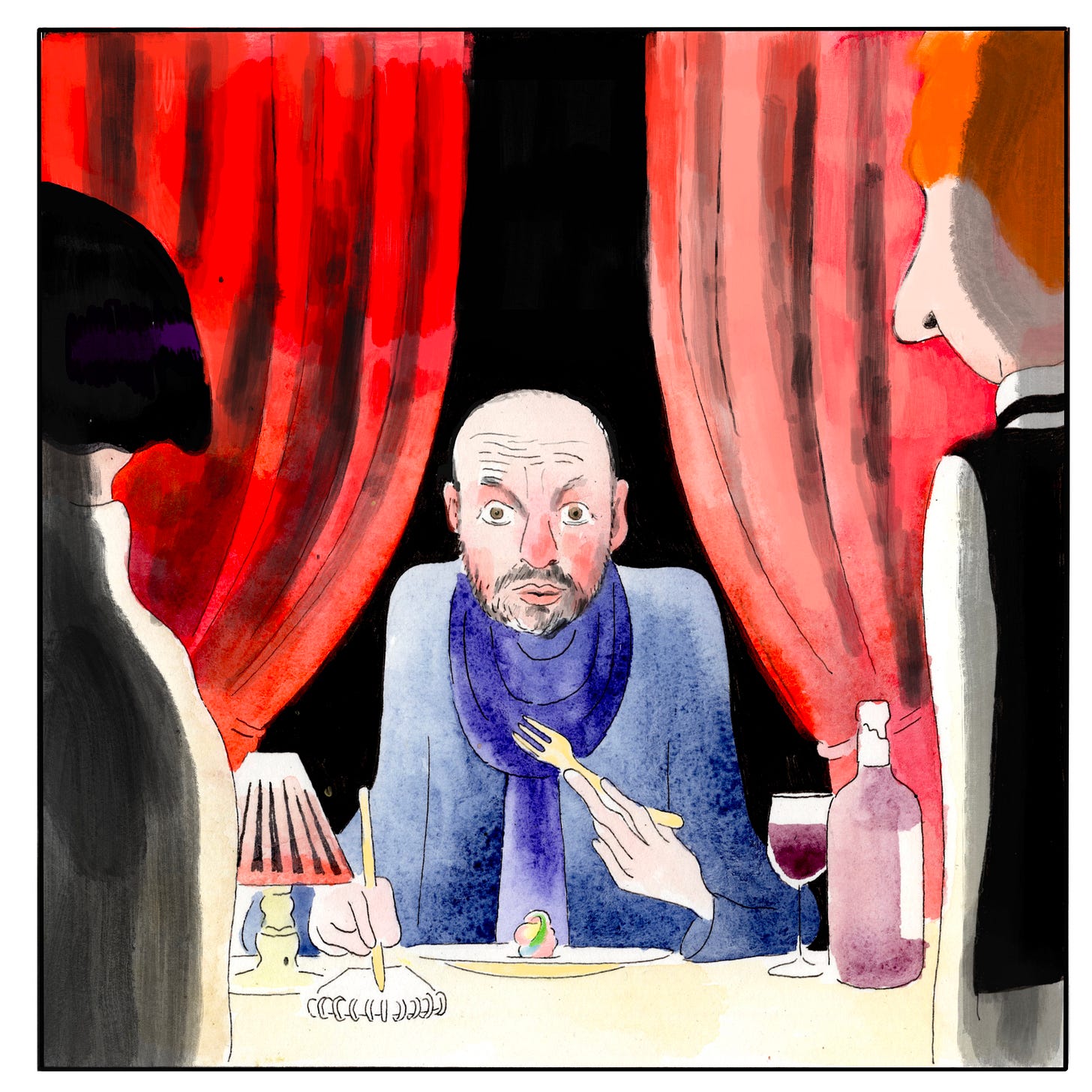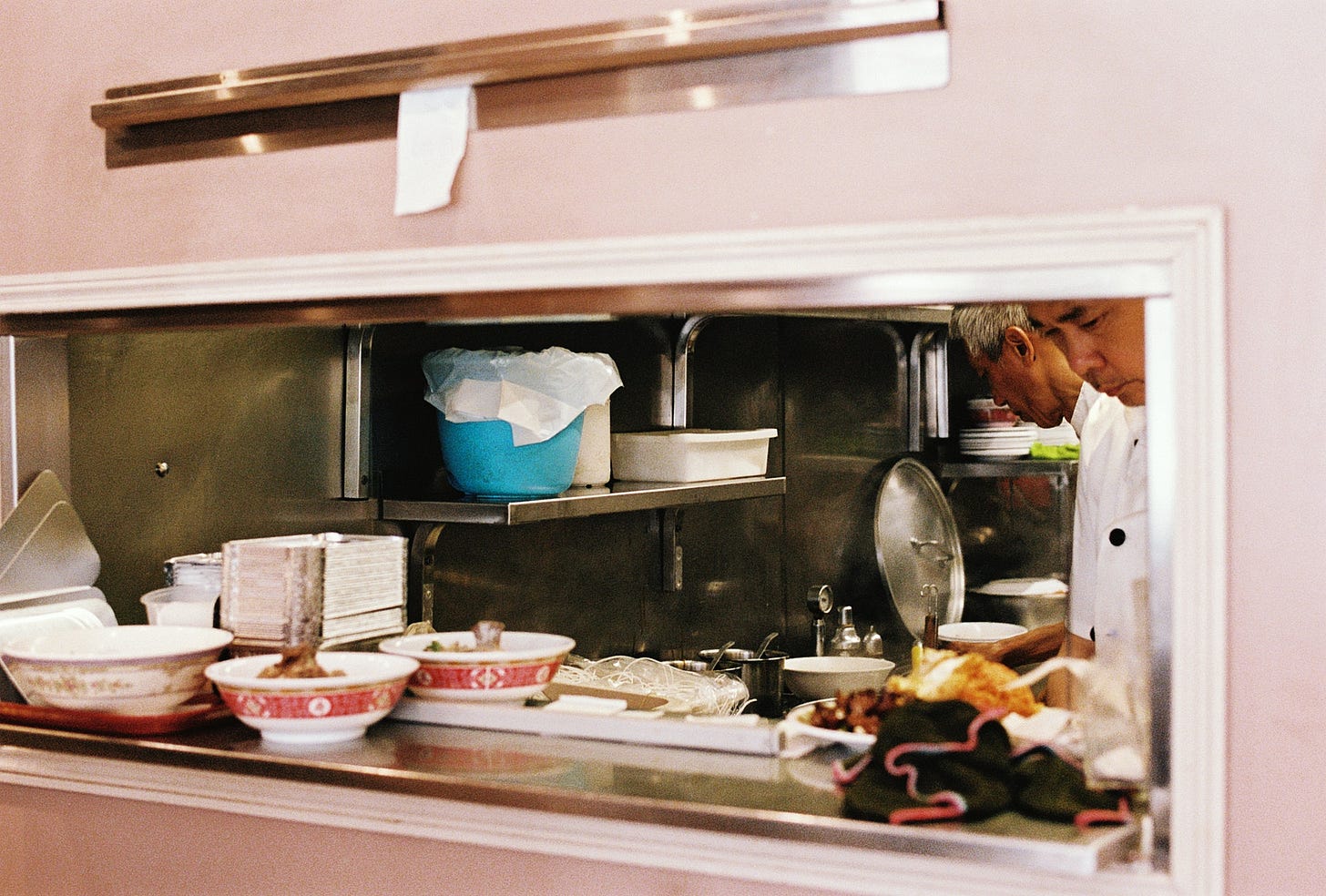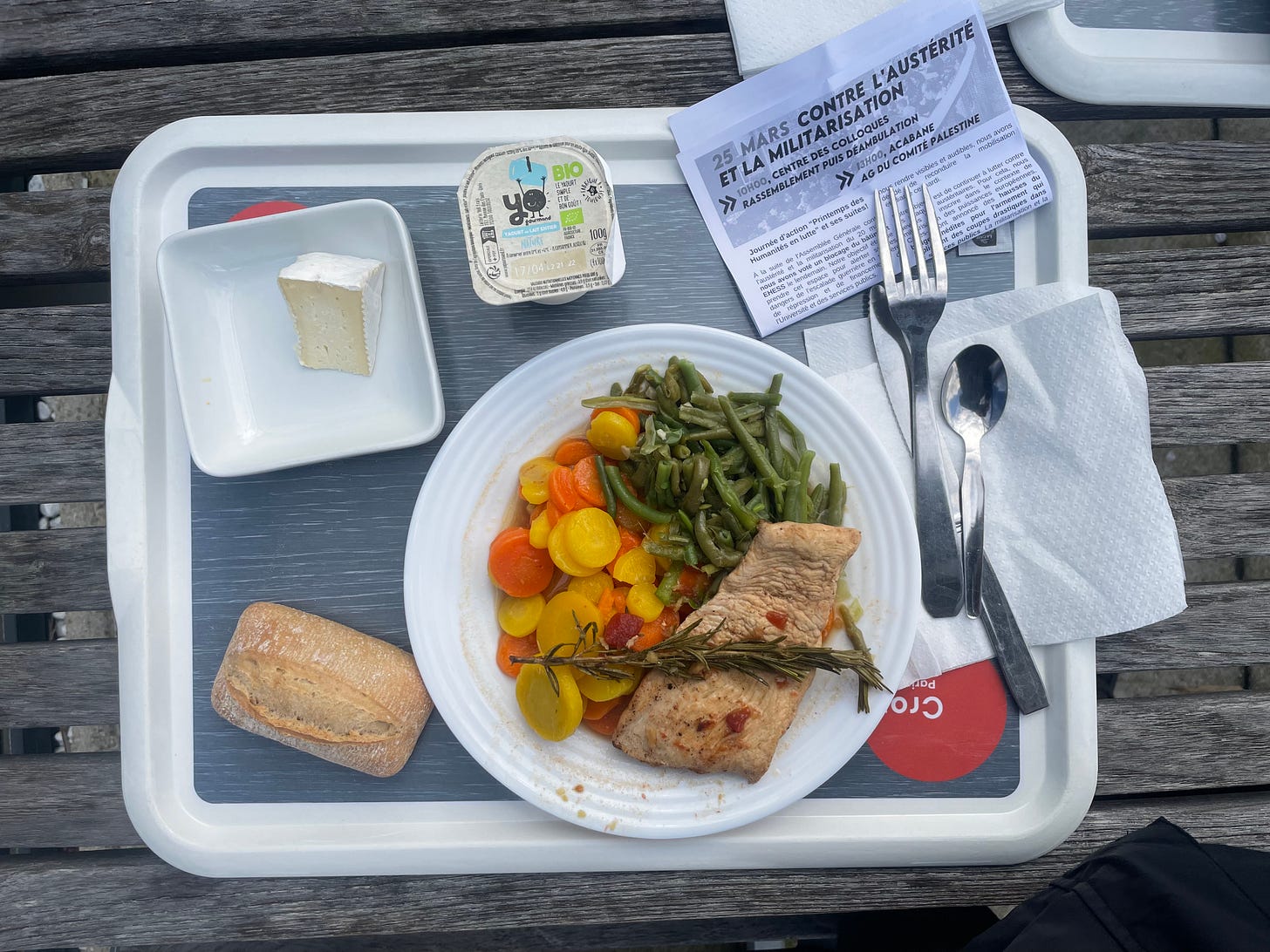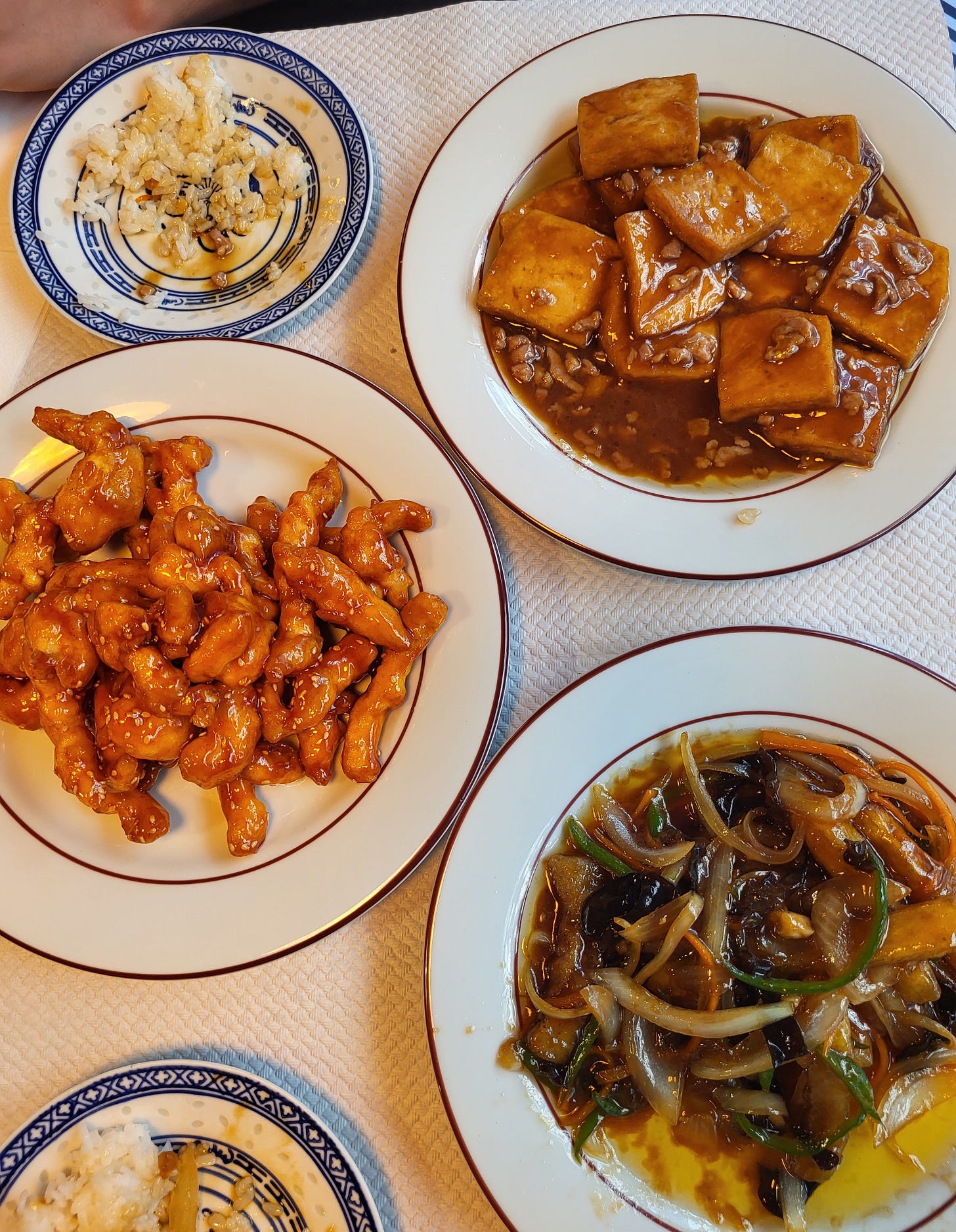Vittles Paris
A six-part supplement on the greatest food city in Europe, including a guide and map to eating out. Featuring Jonathan Nunn, Justinien Tribillon, Wendy Huynh, Vadim Poulet, Jack Franco and many more.
Despite the rumours of decline, Paris is still Europe’s greatest food city – the only one on the continent that London can meaningfully measure itself against. It is also much larger, stranger and more diverse than we give it credit for, even before you expand the definition of the city out towards the banlieues. In a recent New York Times article on the Parisian suburbs, the gentrification of Pantin is used as an example of how an influx of restaurants and wine bars has made areas outside of the city-proper more attractive to Parisians. However, there was and is a real and meaningful food culture in the suburbs already, created by the people who keep Paris fed.
This is why half of Vittles Paris, our six-part supplement on Parisian food culture, is dedicated to the food of the banlieues. In the south, Justinien Tribillon, the author of The Zone – a brilliant alternative history of the area surrounding the Périphérique – visits Rungis, the largest wholesale food market in Europe. Built on the scale of a city, Rungis keeps the restaurants of Paris afloat – from the vegetables of the ‘Carreau des producteurs’, where local farmers and growers sell directly to chefs, to the hundreds of tonnes of tails, brains, skins, livers, kidneys, testicles, tongues, hearts and lungs at the offal pavilion. In the east, photographer Wendy Huynh writes a love letter to the suburbs of the 77 through the Teochew-Vietnamese-Cambodian dish soupe Phnom Penh, whose history also tells the complex story of Paris’s east and south-east Asian immigrants. And in the north and centre of the city, Jack Franco celebrates the ‘restaurants universitaires’, the state-subsidised canteens that keep the vast student population of Paris fed, and which are open to any member of the public in need of a hot, cheap meal.
Given that Paris is the city where the restaurant was invented, we cannot talk about Parisian food without also talking about eating out (or without telling you where to eat). In a subject very close to my heart, Vadim Poulet writes about the slow death of French restaurant criticism, and why the cliché of the French food critic immortalised in Ratatouille – ‘severe, hard to please, gifted with absolute taste like some have absolute pitch’ – no longer exists. Vadim’s extraordinary essay covers the history of modern French restaurant writing, from its roots in the Nazi-aligned Vichy government up to the present day, where the last real restaurant critic operating in Paris today happens to also be a court reporter. As part of my ongoing Grand Paris series, I’ve also reviewed one of my favourite meals in Paris this year, at a brilliant Chinese restaurant in the 15e which refuses to do things in any way except their own – including beautiful courgette and egg dumplings and an outstanding tea service. And, of course, we have an Alternative Guide to Paris: a compilation of writing from Parisians and Londoners alike about the unique, strange and singular restaurants they believe make Paris one of the best places to eat in the world.
This is an exciting time to be a Parisian. Over the next decade, Paris will become Grand Paris just as London became Greater London. It will redefine who and what gets to call themselves Parisian – and it will redefine Parisian food too. We cannot think of a better time to cover Paris than now. JN
The Vittles Alternative Guide to Paris
A map of 99 Parisian restaurants, bars, cafes and bakeries that couldn’t exist anywhere else
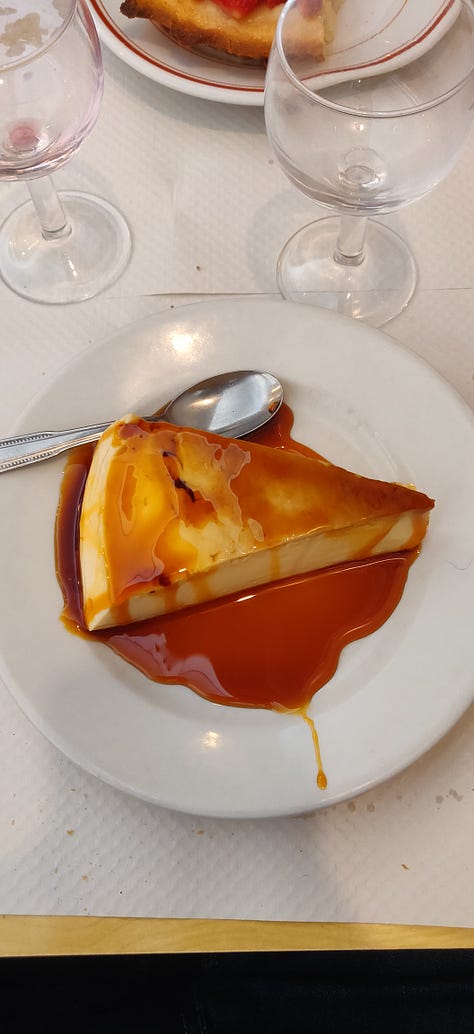
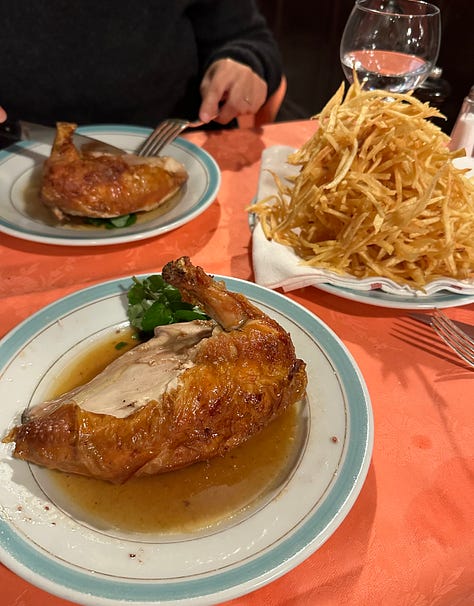
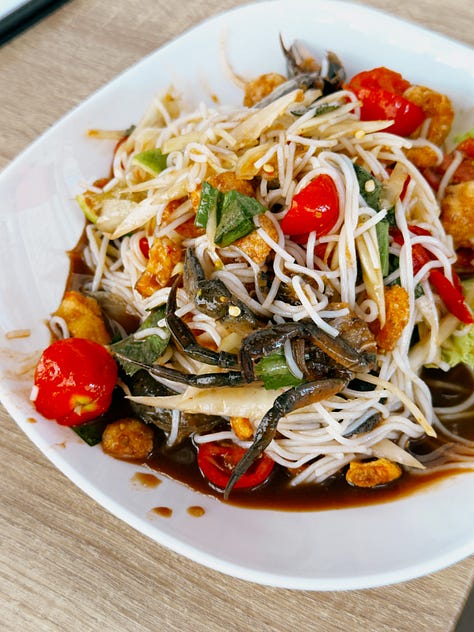
Rungis: The Market and the City
A day at Europe’s largest fresh food market. Words by Justinien Tribillon. Photographs by Wendy Huynh.
The Last Critic In Paris
How French restaurant criticism (almost) killed itself. Words by Vadim Poulet. Illustration by Antoine Cossé.
The Story of Soupe Phnom Penh
How the popularity of one noodle soup in the 77 tells the story of Paris’s east and south-east Asian immigrants. Words and photos by Wendy Huynh.
‘Welfare is a right, not a privilege’
Eating at the university canteens of Paris. Words and photos by Jack Franco.
Welfare in France is to feel the right to certain things, which includes the right to a thoughtful, enriching meal, set against a charming view, for a cheap price. Though not as ambitious as the Maoists in the 1960s calling for a student wage, there are still those, notably from leftist party France Unbowed, who are campaigning to recognise study as labour. One demand made by the party is for all canteen meals to be charged at the flat, symbolic €1 price currently reserved for students on means-tested bursaries – a policy that fell short by a single vote in 2023. The breadth of support for this idea – from the socialist left to the far right – is remarkable, but there is opposition from centrists and conservatives, who treat the Crous as another unsustainable treat for a swollen and predominantly middle-class student population.
Pourquoi Pas?
Grand Paris, Part 7. Jonathan Nunn encounters an exceptional Chinese restaurant in an undervalued part of Paris.
On a trip to Paris last year, I was stopped in my tracks by a blackboard in the window of a tiny, minimalist Chinese restaurant. On it was written the names of every single ingredient and their provenance used across the menu, next to a sheet of laminated paper that announced, not so much passive-aggressively but aggressively-aggressively, everything it didn’t do: no sushi, no lychees, no nems, no entrées, no desserts, no changing ingredients, no changing the proportion of ingredients. The only water on the menu was two obscure mineral waters priced at €10 a litre. This is my equivalent of love at first sight. I knew I had to go back.
Credits
Vittles Paris was written by Jonathan Nunn, Justinien Tribillon, Wendy Huynh, Vadim Poulet, Jack Franco, Nick Bramham, Tomé Morrissy Swan, Rachel Naismith, Mark Evans, Peter Wyeth, Charles Ebikeme, Joel Hart, Peter Yeung, Arthur Asseraf, Lizzie Parle, Feroz Gajia, Mickaël Bandassak and Engin Ozger.
It was illustrated and photographed by Wendy Huynh, Antoine Cossé and Jack Franco, and subedited by Tom Hughes and Liz Tray.
The full Vittles masthead can be found here.



